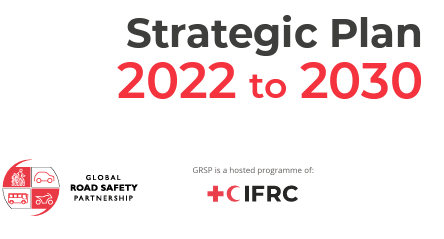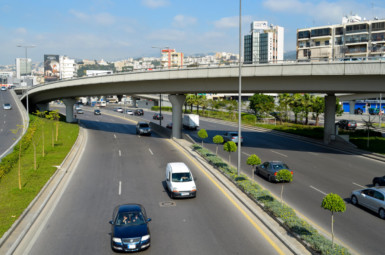Travel security… think road safety.
The workforce of today is more mobile than ever before. Travel from country to country on a regular basis or extended deployments in an unfamiliar country are commonplace. Naturally then when preparing an employee for international travel or an overseas assignment, a number of safety preparations must be considered. The employee will likely receive a briefing on the crime situation, the level of political violence, the presence of communicable diseases and the status of water sanitation together with details on any cultural sensitivities and how these issues may affect the working environment. However, there are other, less emphasized aspects of security that can be just as important. One of these is an understanding of a country’s traffic situation and what it means for pedestrians.
 A traveller might find vehicle transportation in a foreign country a daunting prospect. Obtaining a license might be difficult or simply not practical for short-term visits, and driving can be intimidating when you know neither the official nor the unofficial rules of the road. Public transport is not a viable option in many parts of the world, particularly in developing countries. Taxis can be an option, but they might not always be the safest option. A private driver is a good alternative, but not always available. Whatever the mix of transport used, some walking will be unavoidable.
A traveller might find vehicle transportation in a foreign country a daunting prospect. Obtaining a license might be difficult or simply not practical for short-term visits, and driving can be intimidating when you know neither the official nor the unofficial rules of the road. Public transport is not a viable option in many parts of the world, particularly in developing countries. Taxis can be an option, but they might not always be the safest option. A private driver is a good alternative, but not always available. Whatever the mix of transport used, some walking will be unavoidable.
As published in the Global Status Report on Road Safety 2013, 22 per cent of traffic deaths, totalling 270,000 fatalities each year, are pedestrians – and this percentage is significantly higher in developing countries. In Vietnam for example, traffic accidents, including those involving a pedestrian and a motorized vehicle, are the single greatest health and safety risk you will face.
There are a number of contributing factors to help explain these statistics. In the decade from 2002 to 2012, production of motorized vehicles increased 43 per cent worldwide. Such rapid motorization without accompanying road safety strategies is a recipe for disaster.
A number of simple tips for being a safer pedestrian are listed below, but overwhelmingly the most important tip is that when you are preparing for a travel security briefing and when you are travelling, think road safety.
PS. In the next couple of months, in association with GRSP member International SOS Foundation, GRSP will be involved in a series of regional tri-party webinars looking at travel security for the mobile workforce through a road safety lens. We shall provide more details on these informative upcoming webinars through the website and social media soon.
Be A Safe Pedestrian
- Know and follow the local road rules. If in doubt, ask.
- Walk on footpaths/sidewalks whenever they are available.
- If you must walk on the road, walk facing traffic and as far from traffic as possible.
- Keep alert, don’t be distracted by electronic devices (phones, iPads etc) that take your eyes and ears off the road.
- Cross streets at crosswalks or intersections whenever possible.
- Look for cars in all directions – including those turning left or right.
- If a crosswalk or intersection is not available, locate a well-lit area where you have the best view of traffic, wait for a gap in traffic that allows you enough time to cross safely, and continue to watch for traffic as you cross.
- Never assume a driver sees you – make eye contact with drivers as they approach you to make sure you are seen.
- Be visible at all times by wearing bright clothing during the day and wear reflective materials or use a flashlight at night.
- Watch for cars entering or exiting driveways, or backing up in parking lots.
- Avoid alcohol and drugs when walking.
Pedestrian tips adapted from U.S. National Highway Traffic Safety Administration.






